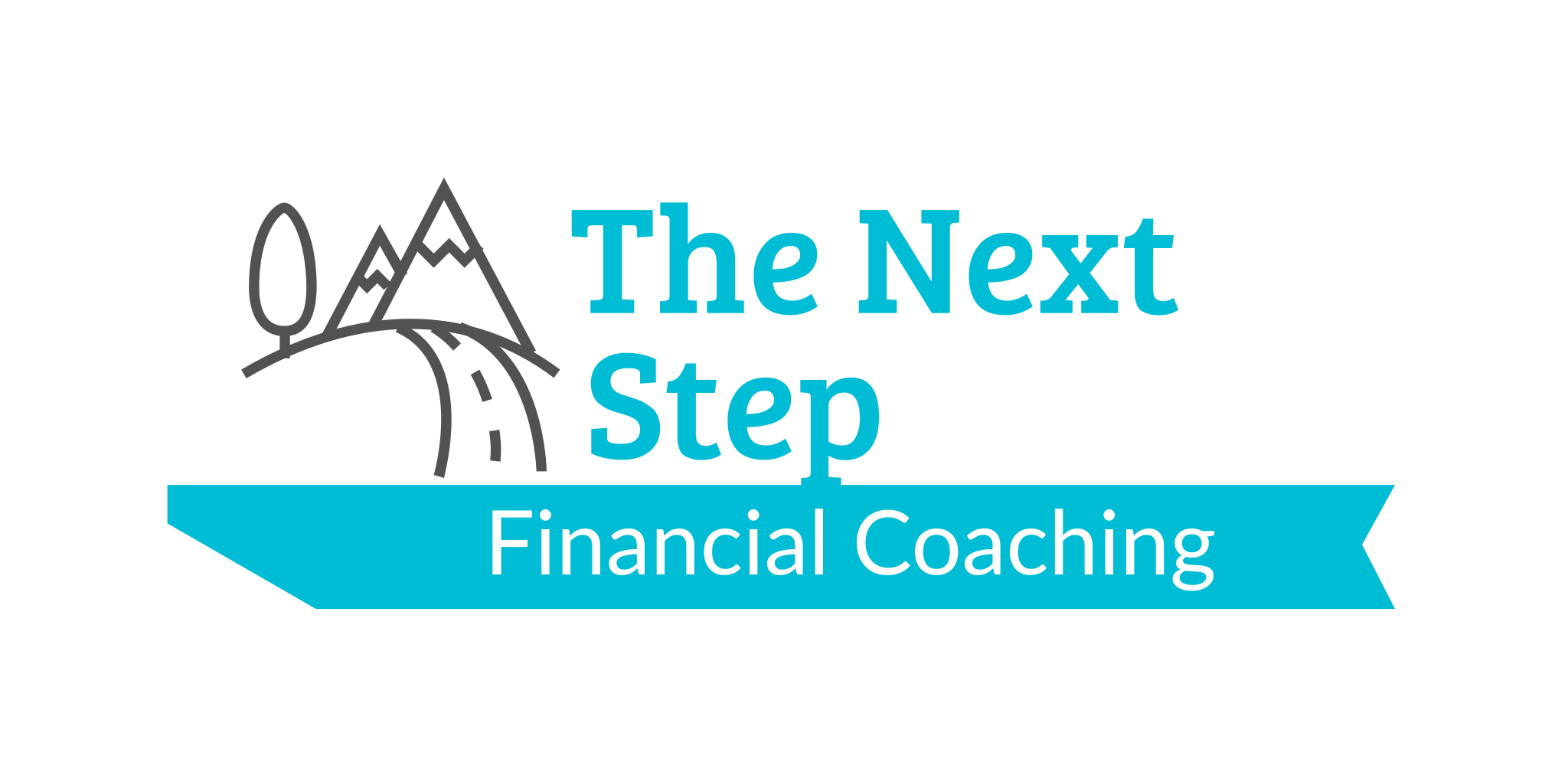
Guest blog by Abby Smith

Debt Reduction can be a Powerful Savings Tool
If you are one of the many Americans trying to save money, either for a rainy day, a dream vacation, or retirement, wouldn’t you want to know if you were overlooking one of your most powerful savings tools? Reducing the amount of debt we owe can have a significant impact on our savings. It may seem counterintuitive to direct money toward extra debt payments as a way to boost savings, but upon a deeper look, debt may be costing more than we realize in the long run.
It may seem odd that a financial institution with a vested interest in lending money would want a post about reducing debt on their blog. However, it does make sense when considering that American 1 Credit Union’s stated purpose is to create financial wellness in their communities through personal everyday banking. Reducing your debt helps make you more financially well, and choosing to save through your local credit union helps establish your relationship with them.
At some point, you may need to borrow money, and it’s in your best interest and the credit union’s best interest to help you make good financial decisions. If the time comes that you need to borrow money, you have a head start on receiving the most favorable terms when you have been practicing good financial habits, and reducing debt is definitely one great financial habit!
We are going to look at the real cost of borrowing, the power of compound interest, and the ways that reducing debt can prevent us from ending up in a debt cycle that can be nearly impossible to escape.
About Me
I'm Abby Smith, owner of The Next Step Financial Coaching, and I truly believe that once the noise surrounding personal finances can be quieted, you can fully lean into your unique gifts and impact those around you in a way that isn’t possible when you’re worried about money. I help people learn the skills needed to take control of their finances, like how to budget, save, reduce expenses, and learn new habits and behaviors.
The Real Cost of Borrowing
The first thing to consider when thinking of debt reduction as a savings tool is how much the debt costs in the long term. There are two parts to every loan, first, the principal or original borrowed amount, and second, the interest, which is the amount paid to the finance company on the original amount borrowed.
Based on a report from Experian detailing auto finance data for Q2 2020, the average used auto loan was 65 months at an interest rate of 9.69%.
Using this information, the payment for a $20,000 auto loan would be about $400/month. At first glance, it’s easy to think of the loan costing just $400/month. However, looking at the bigger picture, this $20,000 auto loan will cost about $25,800 over the entire 65 months. Increasing the amount paid by just $50 above the minimum payment will save about $870 and 9 months over the entire loan term. Increasing the amount paid by $100 above the minimum payment will save about $1,500 and 16 months over the entire term. The faster debt can be paid off, the more money saved overall.
So, the real question shouldn’t be, “Is $400/month affordable”, but instead, “Is $5,800 affordable”?
The Power of Compound Interest
The second thing to consider when using debt reduction to increase savings is the power of compound interest. The definition of compound interest is the money earned on interest. For example, $200 saved, earning 5% interest, turns into $210 after the first year and $220 after year two. Without saving anything additional, compound interest grows the original savings balance. The real power comes when money can be saved early and allowed to earn compound interest over long amounts of time. Although a monthly payment may not seem like much, having more payments to make each month leaves less money to save. And actually, borrowing money is the reverse of compound interest since a loan needs to be paid back with interest to the lender.
Only by paying ourselves first can the power of compound interest be fully realized. Reducing debt makes it possible to flip the script from paying interest on loans to earning interest.
The Debt Cycle
Approximately 63% of Americans cannot cover a $500 expense without reaching for a credit card. Reaching for a credit card or another loan in an emergency creates a new minimum payment to make each month, further strapping the 63% of Americans who need to take on additional debt. Reducing debt, and effect, required minimum payments each month, frees up more money to add to a savings account.
Ultimately, the quicker we can reduce debt, the less we will pay in interest in the long term, the faster we can start contributing to savings and investment accounts, and the more efficiently we can boost our savings accounts. Are you wondering how to begin reducing debt? A budget is the first step! A basic budget equation is “total income – total expenses & savings = $0”.
Give every dollar a job to do, and you will be on your way to debt reduction and increased savings!
Want More?
Follow me on Facebook at The Next Step Financial Coaching to see helpful tips and get a hold of me!
